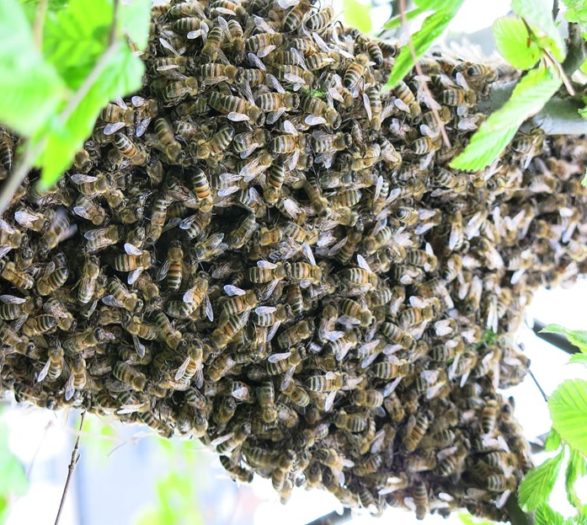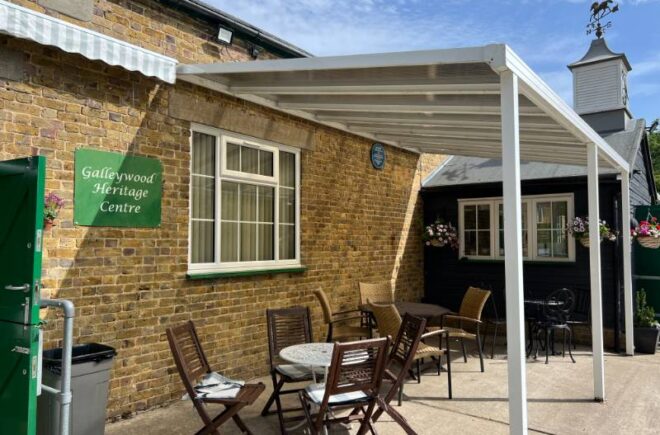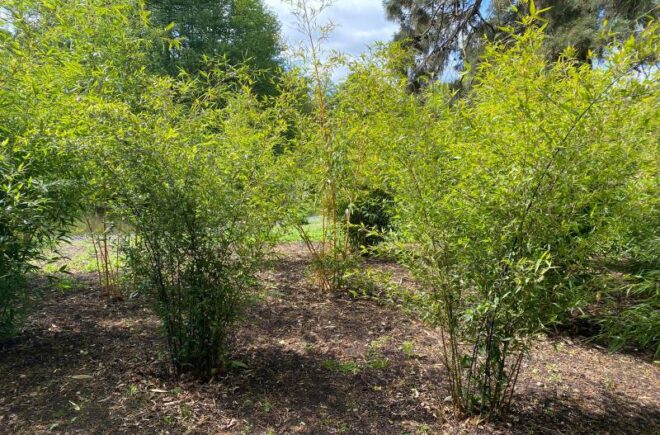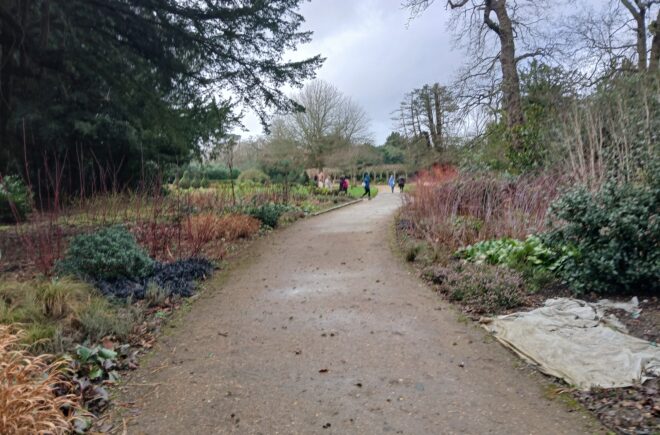
Springtime for pollinators by Margaret, a Chelmsford Beekeeper
The weather has been very good in late March and bees and butterflies have been out foraging flowers.
The bumble bees and wasps you see are large as they are overwintering queens. These queens need to feed themselves, as well as starting to build nests and lay eggs for this year’s generation of adults. They are working very hard work at this time of year. When the first brood hatches in a few weeks, the new adults will then feed and look after her.
Butterflies have also hatched or climbed out of hibernation. They are feeding from spring flowers but need to find safe warm spaces to survive cold evenings. Nettles are a common plant for butterflies to lay eggs on, so try to leave a nice patch of nettles and wild plants for caterpillars.
Our honeybees survive the winter as a small colony. They cluster around the queen to keep warm and eat honey.
Research has found honeybees prefer to forage on native species of shrubs, trees and wildflowers. Almond, apricot, willow, and blackthorn are in flower now, with oil seed rape and spring bulbs providing food for the young. Hawthorn, pear and apple are on the way
I will soon be checking the bee colonies for signs of swarming. Swarming is how honeybees reproduce so is essential for the survival of the species. The old queen leaves with half the colony of bees, leaving a new queen to hatch to keep the old colony going. If you see a swarm, call a beekeeper and ask if they can collect and re-home it. There are wild colonies about that may live in old trees or roof spaces, as at Highwood Village Hall.
Let’s hope we don’t get any more frosts; it sets the bees and other insects back by reducing flower food and causes the honeybees to use their stored food for energy to keep warm.
Honey soon we hope, but I won’t be taking any until I know there is plenty of nectar for them to gather to replace it!


